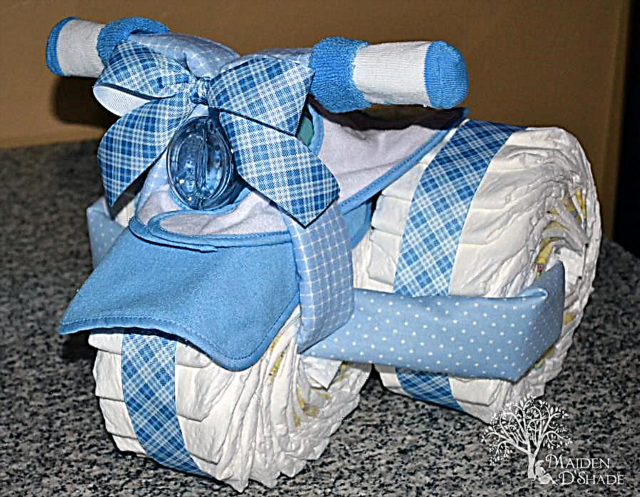
In the summer, you want to pamper your child with delicious and, undoubtedly, very healthy berries, for example, fresh currants. However, it is necessary to introduce the baby to this berry complementary food correctly, then the baby will not have any problems with digestion and allergic reactions.
Benefit
- Both black, and white, and red currants contain a large amount of vitamin C, which is well preserved in any blanks from such berries.
- All types of currants are rich in B vitamins, pectins, carotene, iron, magnesium, potassium, phosphorus and calcium.
- In black currant, due to the content of essential oils and tannins, a diuretic and anti-inflammatory effect is noted.
- Red currant has a diaphoretic effect and the ability to normalize appetite.
- The use of currant berries improves the condition of gastritis or colds.
For information on which currants are healthier - red or black, see the program "Living Healthy".
Minuses
- Although very rare, red or black currants can cause food allergies.
- Black currants should not be used by children in whose urine a lot of oxalates are determined.
- Due to its high vitamin K content, excess consumption of black currant can lead to blood clotting problems.

From how many months can you introduce into complementary foods?
Children can taste currants for the first time at 7-8 months, depending on the type of feeding.
Babies receiving breast milk are given such berries a month or two later (at 9-10 months) than artificially fed crumbs (7-8 months). Children who have a tendency to allergies should not rush to get acquainted with currants.
The first portion should be 1-2 berries. They are given in the morning, and then the baby's reaction is observed. With normal tolerance, the amount of currant consumed in one day is gradually increased to 40-50 g, and from year to year - up to 100 g.

How to give?
The best option for using currants of any color would be fresh berries, just picked from a bush or brought from the market. Do not add sugar to the currants, let the crumb first get to know the natural taste of this berry.
Currants are often used to make jelly, jelly, compote, fruit drink or juice. Also, such a berry is added to baked goods, cottage cheese or yogurt.
Tips for choosing currants
Buy dry berries of bright color and regular round shape for your child. It is best to buy currants on twigs, then it will retain its freshness longer. Store berries at room temperature for a maximum of 5 days, in a refrigerator for up to 2 weeks.


What to do if you have an allergy?
If the baby reacted to the currants with a rash, itching, redness and other manifestations of an allergic reaction, the berry should be excluded from the children's menu for several months, and then try to introduce it into the diet again. If the second test also ends with signs of allergy, the currants are no longer given until the age of 3.
Find out if your child's weight is normal using the following calculator.



